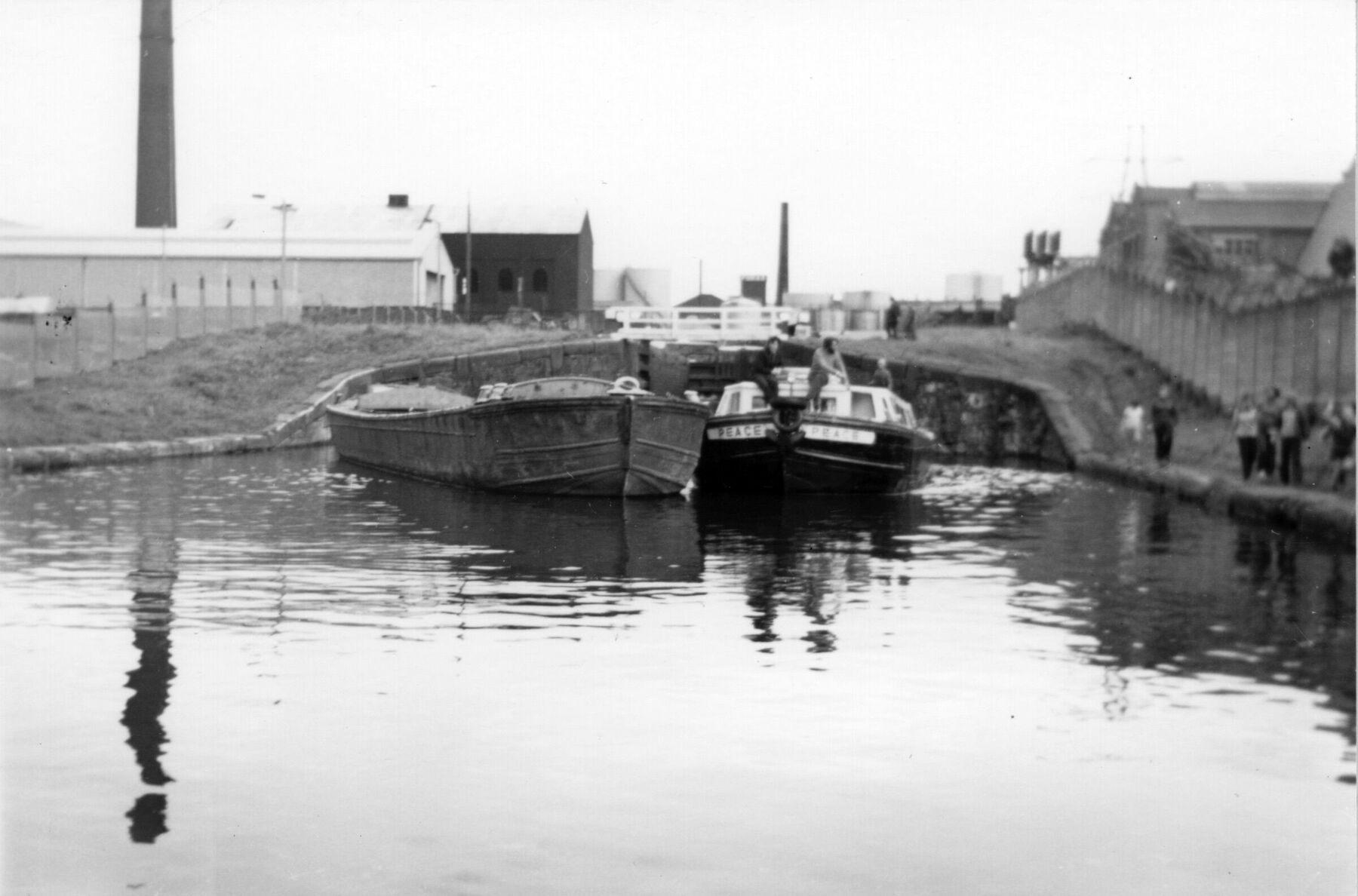I would suspect that they were similar to other northern narrow boats, so much less of the 'roses and castles', and more geometric shapes and scrolls. The attached poem was written by Reg Wood, whose family operated boats on the Rochdale Canal, and there would have been some influence from the wide boat companies mentioned. Each company had one main colour, though other colours would be used for decoration. Yorkshire boats had extensive varnished areas compared to Lancashire, and were less flamboyant in terms of colour, though some of the panel lining was highly detailed. Sam Yates, who did the painting at Whitebirk, near Blackburn, told me they only had five or six main stainers to make colour paints from a white lead base. Each yard had its own standard for red, yellow, green, black, and two blues, one light and one dark. It was possible to identify which yard painted a boat from the shades used, though there was no specific standard so each colour would be slightly different each time it was mixed. The colours could reflect the companies whose boats were docked, so at Whitebirk the dark blue was the main colour for the coal carriers Dean Waddington, though it would be used on other fleets in small amounts. Many boats on the Huddersfield Narrow would have worked onto the Calder & Hebble, so were only 57 feet in length, and some appear in the C&HN boat register 1793-1828, which would give some names to firms operating boats on the HNC at that time. I suspect that the use highly coloured liveries was something which developed through the 19th century. Early schemes would be much simpler than those for which photographs are available.
Boats I have loved.pdf












